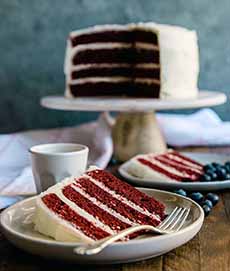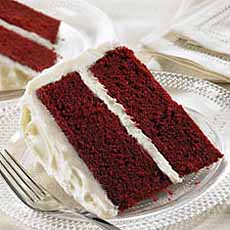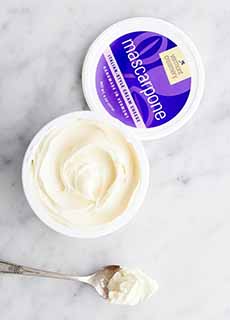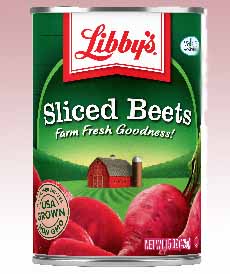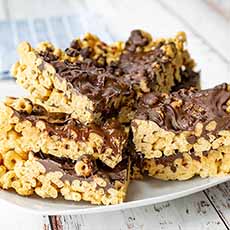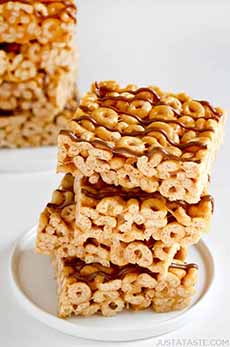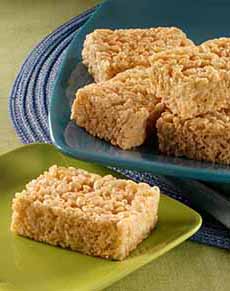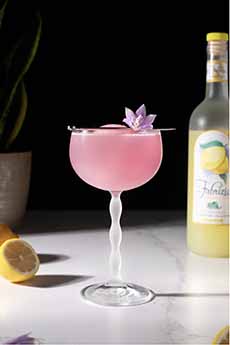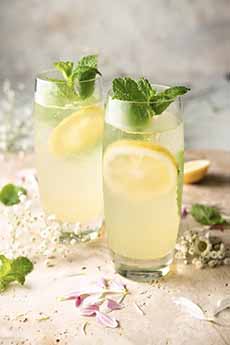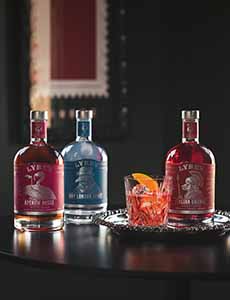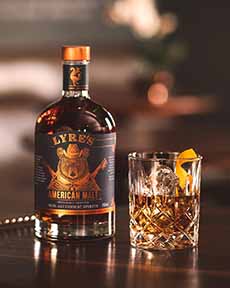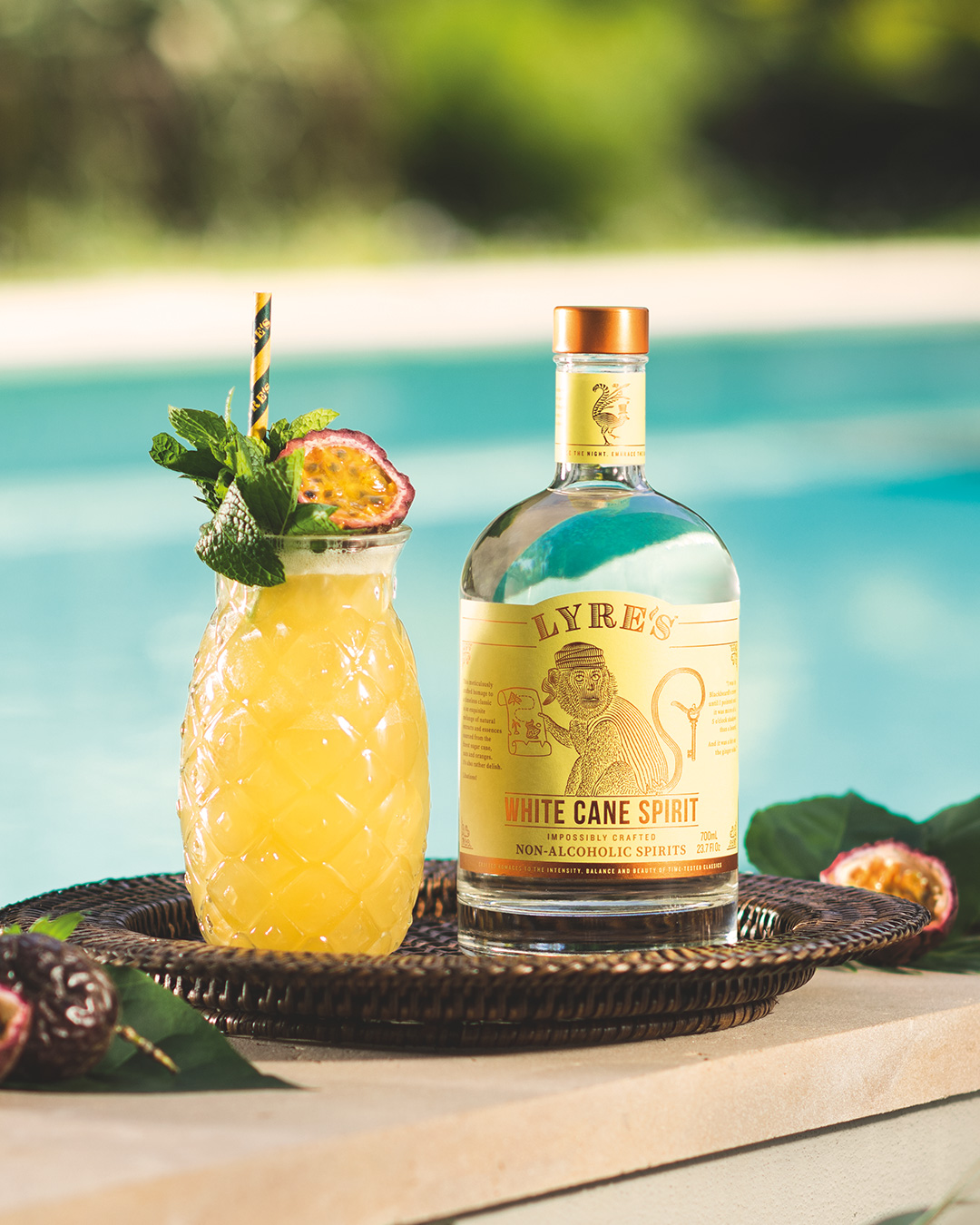|
September is National Italian Cheese Month. Italy produces approximately 600 different types of cheeses. Some of their most famous cheeses date back as long as 2,000 years. The European Commission has granted a number of these cheeses protected status; the most famous have the DOP* status.
A BRIEF HISTORY OF ITALIAN CHEESE
According to Nonna Box, the ancient Romans loved cheese and became skilled cheesemakers and breeders of livestock for goat’s and sheep’s milk cheeses. While any household could make fresh cheese, Romans introduced their aging techniques to make hard cheeses to peoples throughout Europe.
Pecorino Romano, a sheep’s milk cheese, was served everywhere from imperial Roman banquets down to the military, where it was a staple food for soldiers in the field due to its long shelf life. A special kitchen for cheese making, called the caseale, was part of many Roman homes.
Medieval monasteries in Italy excelled at making high-quality cheese. Cow’s milk cheeses appeared approximately 1,000 years ago when Cistercian monks in the Po Valley of Northern Italy created Grana from extra cow’s milk that they produced. With a uniquely grainy paste (texture), records date it to 1135 at the Abbey of Chiaravalle. Today the cheese is called Grana Padano, meaning grainy cheese of the Po.
Parmigiano Reggiano appeared in the 13th century and became so treasured throughout Europe that the English diarist Samuel Pepys buried his wheel of cheese in the ground along with his wine and other valuables when he saw the Great London fire of 1666 was heading straight for his house [source].
After the list of Italian cheeses that follows, we have a delicious recipe for Heirloom Tomato & Ricotta Pizza.
> The history of cheese.
> The different types of cheese: a glossary.
> All cheeses by category are below.
> Italian cheeses by category are below.
ITALIAN CHEESES: A BRIEF OVERVIEW
Here’s a list of many of the 600 Italian cheeses, most of which don’t travel more than locally. Below, we’ve listed cheeses that are most easy to find in the U.S.
Categories of Cheese
While systems vary from country to country, there are six basic categories of cheese:
FRESH, UNRIPENED CHEESE (no rind, short shelf life).
BLOOMY RIND CHEESE (fuzzy soft white rind, soft interior).
WASHED RIND CHEESE (washed with beer, brandy, brine, wine, etc. to generate bacterial growth and strong flavors/aromas [“stinky”]).
BLUE CHEESE (inoculated with blue molds to produce blue veins).
SEMI-HARD CHEESE (any cheese that is neither hard nor soft; some are called semi-soft cheeses).
HARD CHEESE (cooked or pressed and aged to remove most of the moisture, dry and often crumbly).
Cheeses can fit into more than one category. For example, Gorgonzola is both a blue cheese and a semi-hard cheese. Asiago is both a semi-hard cheese and a hard cheese, depending on its maturity.
And, there are different classification systems that include categories such as Pressed, Soft-Ripened Cheeses, and Semi-Soft Cheeses (as well as Semi-Firm/Semi-Hard Cheeses). Gouda, Cheddar, Parmigiano-Reggiano, for example, are both pressed cheeses and semi-hard (Gouda, Cheddar) or hard cheeses (Parmigiano-Reggiano).
In the U.S., one may encounter eight categories: blue, fresh, hard, pasta filata‡‡‡, processed, semi-hard, semi-soft, and soft-ripened.
The different classifications may be confusing to the beginning turophile**, but one ultimately gets used to them.
DOP Cheeses
A cheese listed with an asterisk* is a DOP cheese (see more in the footnote*). It has a protected designation, meaning it must be made in a specific geographical area, produced from a given type of milk, using time-honored techniques.
The system was developed to assure consumers of the characteristics, quality, and authenticity they expect.
Examples include agricultural products from Aceto Balsamico di Modena (balsamic vinegar) from Italy, Champagne and Poulet de Bresse chicken from France, Emmentaler cheese from Switzerland, and Traditional Cumberland Sausage from the U.K.
There are hundreds of others, including PDO extra virgin olive oils from Croatia, France, Greece, Italy, Portugal, Slovenia, and Spain.
The DOP designation was created in 1992, but the French AOC system (Appellation d’Origine Contrôlée/Protégée [AOC/AOP]), which has been incorporated into the E.U. system (except for wines), began in 1937.
Italian Cheeses By Category
FRESH ITALIAN CHEEESES: burrata, caprino, crescenza/stracchino, mascarpone, mozzarella†, ricotta†, stracciatella (here’s more about them).
BLOOMY RIND ITALIAN CHEESES: Bonrus, La Tur, Paglierina, Robiola Bosina
BLUE ITALIAN CHEESES: Castelmagno, Gorgonzola*, La Castana.
WASHED RIND ITALIAN CHEESES: Taleggio†, Toma Piemontese, Ubriaco
SEMIHARD ITALIAN CHEESES: Asiago‡, Cacciota, Fontal, Fontina†, Pecorino Romano, Provolone†, Ricotta Salata, Valle d’Aosta Fromadzo†
HARD ITALIAN CHEESES: Asiago*‡, Grana Padano*, Parmigiano Reggiano*, and Pecorino Romano*, Pecorino Sardo/Fiore Sardo*, Robiola di Roccaverano†, Scamorza, Piave* (more about them).
RECIPE: HEIRLOOM TOMATO & RICOTTA PIZZA
Thanks to Southern Selects, purveyor of premium produce, for this white pizza recipe. Only the crust is cooked; the ricotta and tomatoes are served fresh on top of it.
Ingredients
3 heirloom tomatoes, thinly sliced
1 cup ricotta cheese
1 package fresh pizza dough
For countertop: whole wheat flour or white flour
2 tablespoons olive oil
½ teaspoon garlic powder
1 teaspoon fresh or dry oregano
Salt and pepper to taste
Garnish: 1 tablespoon or more fresh basil, julienned
Optional garnish: grated parmesan cheese
Preparation
1. PREHEAT the oven to 400°F. Sprinkle whole wheat flour onto the countertop and roll out the dough into a round circle, about 1 inch thick.
2. PLACE the dough on a pizza pan and use a fork to poke the dough all over. Brush with olive oil. Bake for 15 minutes or until the crust is golden, then remove and allow it to cool for 10 minutes.
3. WHISK together the ricotta, garlic powder, oregano, salt, and pepper in a small bowl. Spread the ricotta mixture onto the dough and place tomato slices on top of the cheese. Sprinkle with basil and serve with a ramekin of grated parmesan cheese.
|
|
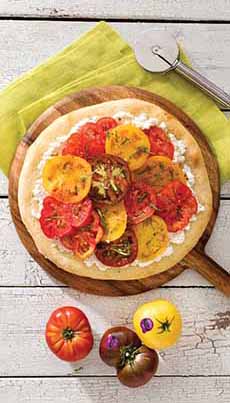
[1] With this pizza, only the crust is baked. It is then topped with fresh ricotta cheese and heirloom tomatoes. The recipe is below (photo © Southern Selects).
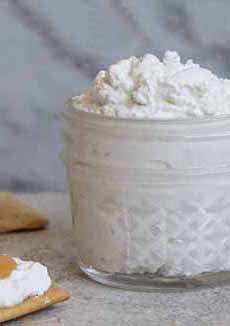
[2] FRESH: Ricotta, along with mozzarella, is one of the best-known fresh cheeses of Italy (photo © Murray’s Cheese).
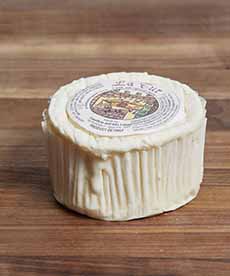
[3] BLOOMY: La Tur, made in the town of Alba in northern Italy, is a creamy, bloomy-rind cheese made from a blend of cow’s, goat’s, and sheep’s milk (photo © DeLaurenti).
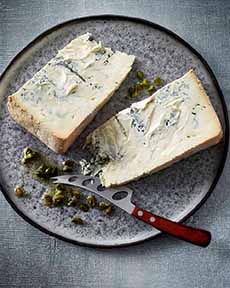
[4] BLUE: Gorgonzola is Italy’s most famous blue cheese (photo © Castello Cheese).
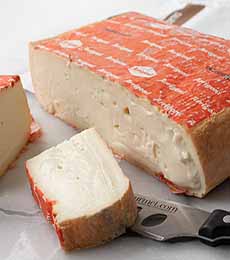
[5] WASHED RIND: Taleggio is very aromatic with pungent flavors (photo © iGourmet).
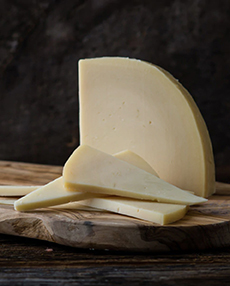
[6] SEMIHARD: Provolone is a popular sandwich cheese (photo © DiBruno Bros).

[7] HARD: Parmigiano-Reggiano, considered one of the world’s great cheeses.
|
